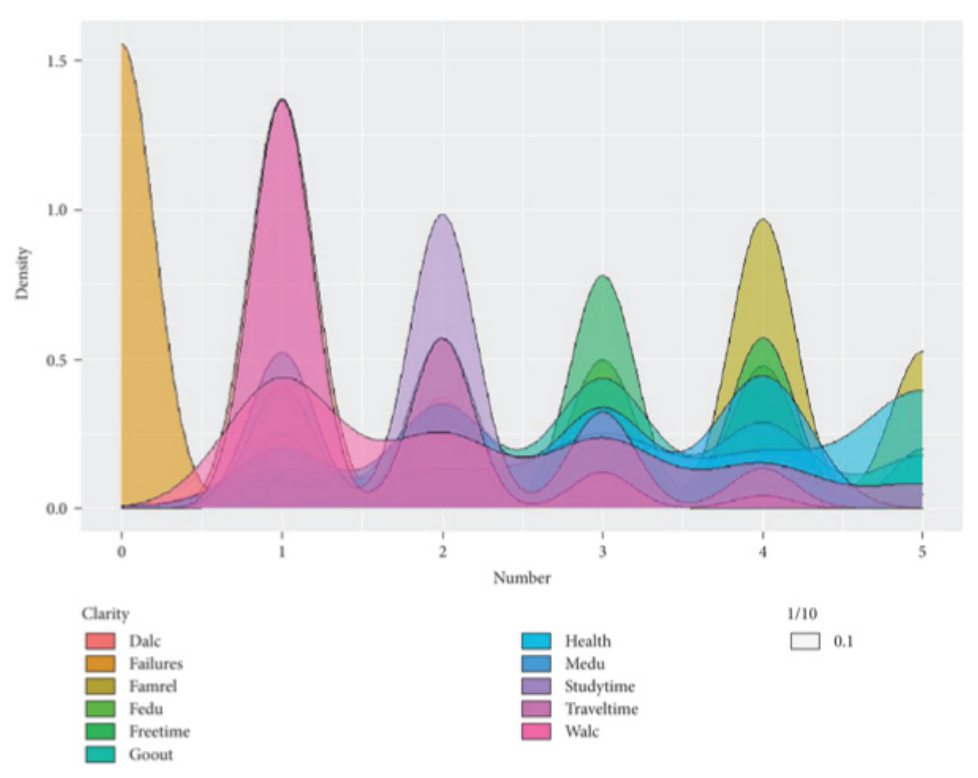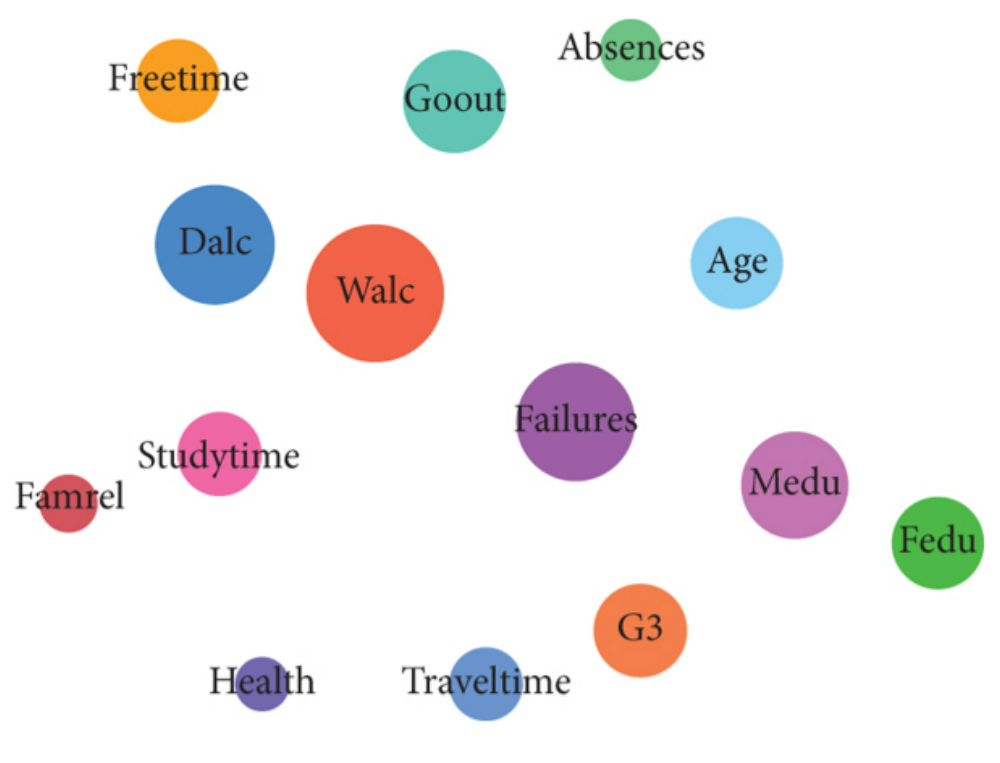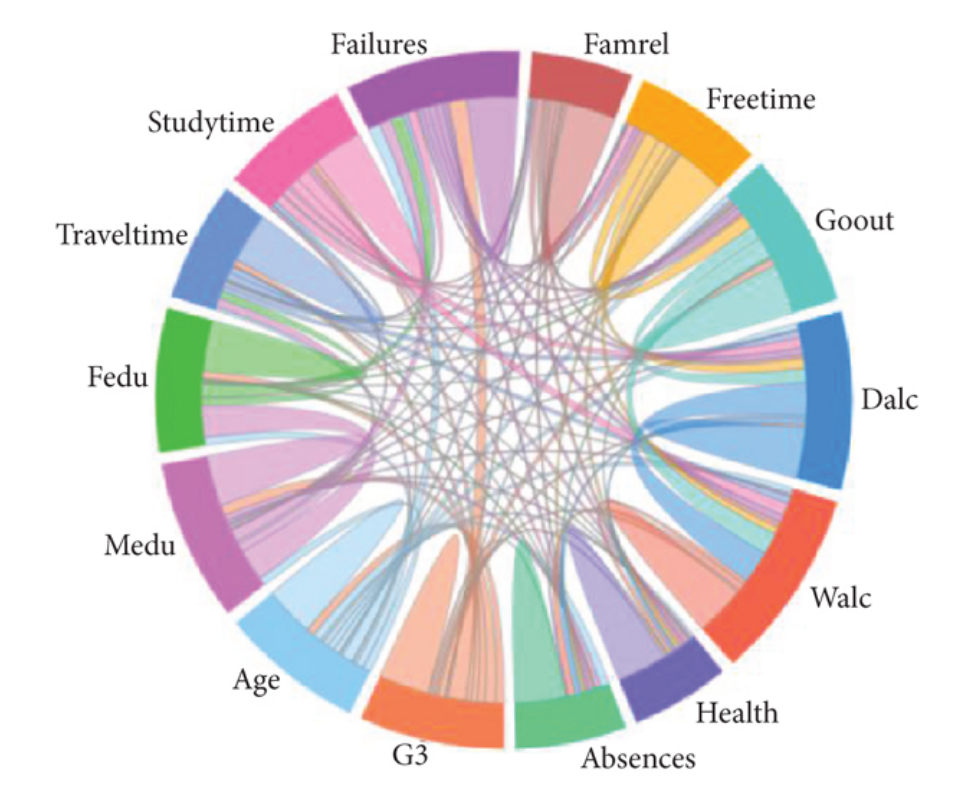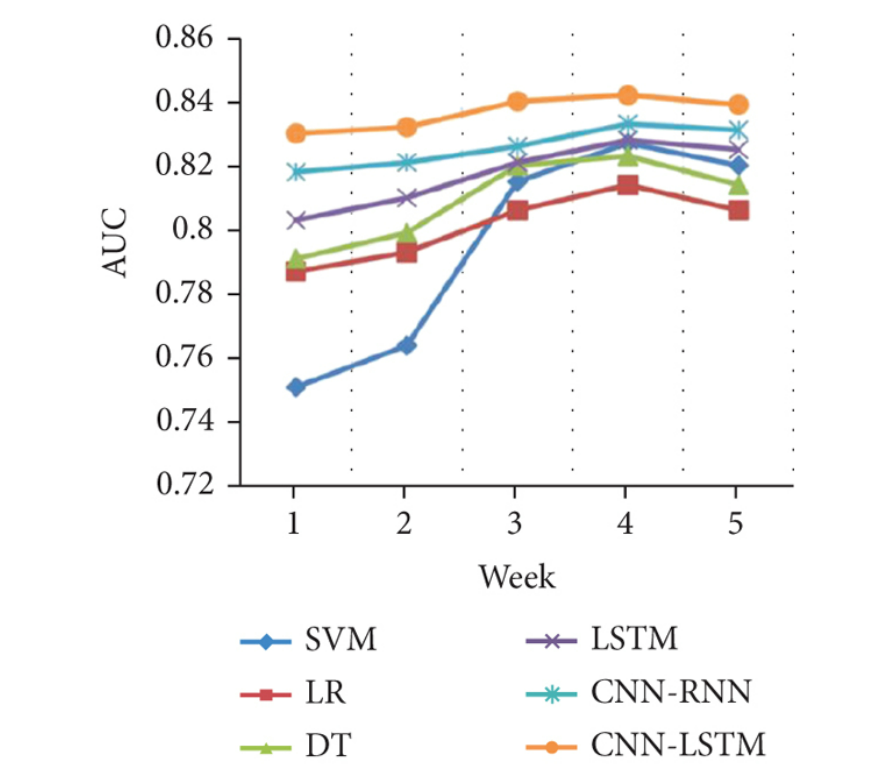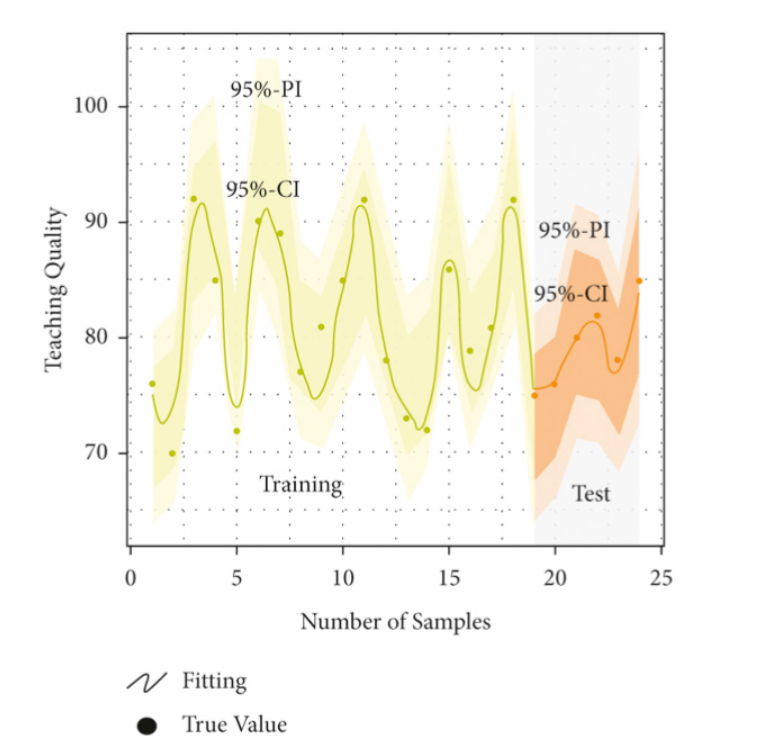With the booming development of information technology, the application of artificial intelligence (Artificial Intelligence, AI) in various fields is gradually deepening, especially in the field of design potential is more prominent. This paper aims to systematically explore the innovative application of artificial intelligence in design, and analyze the subversive influence and transformative contribution to traditional design methods from the evolution of design thinking. This paper will define artificial intelligence and its core technologies, including machine learning (Machine Learning, ML), deep learning (Deep Learning, DL), and generative adversarial networks (Generative Adversarial Networks, GANs), to clarify how these technologies can provide support and improve efficiency in the design process. In the process of research, we focused on the specific application cases of AI in product design (Product Design), visual art (Visual Arts), and user experience design (User Experience Design, UX Design). For example, in the field of product design, by using algorithm-driven generative design (Generative Design) technology, designers can explore numerous design possibilities to create products that meet functional needs and aesthetic characteristics. Take Tesla (Tesla) as an example. By introducing artificial intelligence algorithm in the design of the electric vehicle, it not only improves the aerodynamic performance of the vehicle, but also optimizes the production process and effectively reduces the cost. The impact of AI on the visual art is equally significant. With the development of deep learning technology, artists and designers can create new works of art using AI programs. For example, images generated using GANs provoke new discussions in the field of art creation, not only enriching traditional art forms but also challenging the definition of art creation itself. We will analyze specific cases, such as "Algorithmic Art" (Algorithmic Art) artist Refik Anadol uses data visualization technology to transform dynamic data into visual experience, and then explore its potential impact on audience perception and art appreciation. In terms of user experience design, the application of AI is mainly reflected in the two aspects of personalized experience and user behavior prediction. With data mining (Data Mining) and behavior analysis (Behavioral Analysis) technologies, designers are able to more accurately understand the user needs and optimize the interface design and interaction processes accordingly. In this regard, we will provide empirical data support. Through the case demonstration of large online platforms such as Netflix and Amazon, how they use machine learning algorithms to analyze user preferences, realize personalized recommendation, and then improve user satisfaction and loyalty. In general, the application of artificial intelligence in the field of design not only promotes the change of design thinking, but also realizes the automation, intelligence and individuation of the design process, which will profoundly affect the working mode and creative concept of designers. However, the rapid development of artificial intelligence has also brought new challenges and ethical issues, such as the ownership of creative rights, algorithm bias and so on. In this context, this paper will finally summarize the opportunities and challenges of ARTIFICIAL intelligence in design, and call on relevant scholars and practitioners to pay more attention to the moral and social impact of these issues, so as to provide a more comprehensive perspective for future research and practice.

